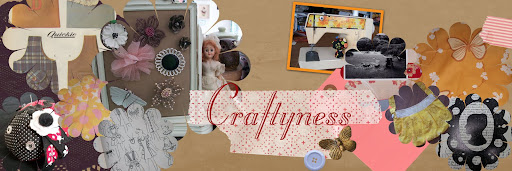
I had a remnant of fake satin (love scouring the remnants at Joann's!) and covered the inside of the mask with it. Using hot glue was bumpy, so I bought some spray adhesive and coated the front of the mask with that. I worked another piece of the satin over it, trying not to have too many bumps- it's hard working a flat item over a curved piece, but I did pretty good. I hotglued the edges of the satin over to the backside for a nice finish.
 As you can see, the tape lines show through the satin, thankfully I had some black lace left over from Halloween past, which masked it (ha!) pretty well. I glued the edges of that to the backside as well. I ran black masking tape over where I had glued the edges so it wasn't too bumpy on my face.
As you can see, the tape lines show through the satin, thankfully I had some black lace left over from Halloween past, which masked it (ha!) pretty well. I glued the edges of that to the backside as well. I ran black masking tape over where I had glued the edges so it wasn't too bumpy on my face. After that, I hotglued the feather butterfly at an angle on the front. Gotta love hotglue! There are black rhinestones at the outer corners of my eyes, some of those were self adhesive and some I attached with glue dots.
After that, I hotglued the feather butterfly at an angle on the front. Gotta love hotglue! There are black rhinestones at the outer corners of my eyes, some of those were self adhesive and some I attached with glue dots.Attaching the feathers was trickier. The ends come glued to a piece of heavy ribbon, which I could cut as desired (also purchased at Michaels). If I glued them to the backside of the mask, though, the angle was wrong and they would just lay flat against my head. You couldn't see them at all. I played around with them, attaching them with painter's tape till I got the right angle. I wound up having to cut up a cheapo foam craft paintbrush and glue the foam under the wings and attach the feathers on top of that to get the correct height/angle. I was pretty pleased at my ingenuity- the black foam didn't show at all.
I really liked how the feathers turned out, they had movement and that was fun. A while ago I had bought some small ruffled black elastic, not knowing what to use it for. It turned out to be perfect for holding my mask to my face! Serendipity, my friends. Sometimes it pays to hoard. lol
Like I said, I also glued pinbacks to the other butterflies for use on my outfit.

And voila! A classier mask.












